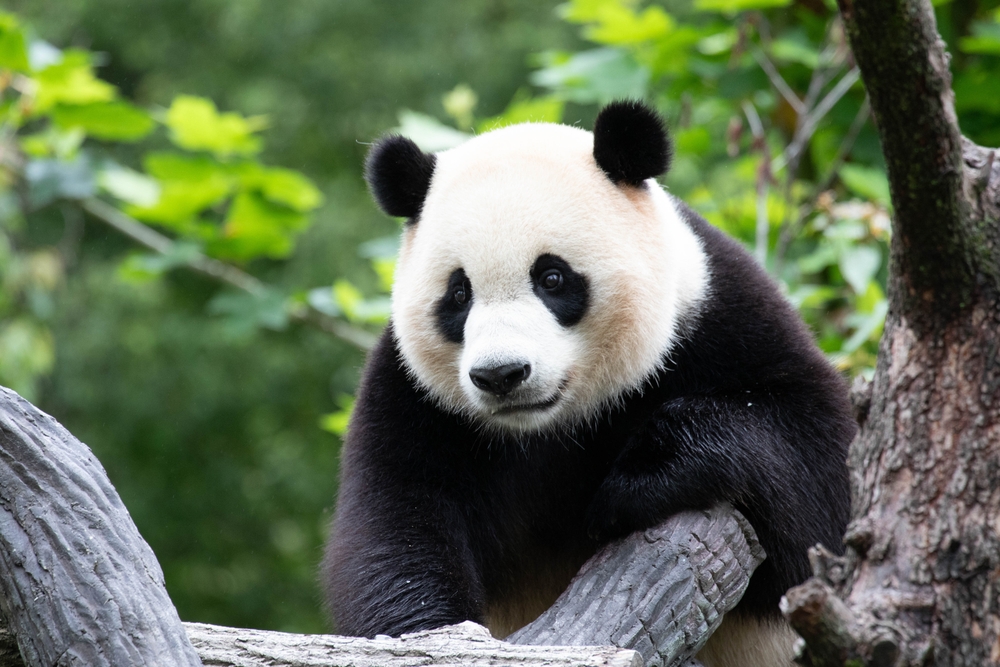Discover the Most Adorably Cute Creatures like pandas, quokkas, and fennec foxes! Explore their charm, unique traits, and role in wildlife conservation.
The Quest to Find the Most Adorably Cute Creatures

The race to identify the cutest animal in the world is as endless as it is delightful. Every continent offers unique contenders, with species that captivate due to their appearance, behaviors, or even their vulnerabilities. While cuteness can be subjective, certain traits often charm the majority of viewers.
Characteristics of Cuteness
Research suggests that certain universal traits make animals seem cute to humans. Large eyes, round faces, small mouths, and soft bodies tend to provoke protective or nurturing instincts. These features may remind us of human babies, tapping into evolutionary responses.
Pandas: The Poster Child of Cuteness

Pandas, with their distinctive black and white coloring and rounded shape, hold a top spot in the world of cute animals. Native to China, pandas spend their days in bamboo forests eating—well, bamboo. Their laid-back attitude and playful interactions make them endearing. Pandas’ slow and deliberate movements only add to their charm.
Quokkas: The Happiest Animal
The quokka, a small marsupial from Australia, is often dubbed the happiest animal due to its constant smile. Quokkas are friendly, often approaching humans without fear. Their small, round bodies, covered in soft brown fur, their oversized hind legs, and strong tails allow them to hop like wallabies. Their sociable nature and adorable appearance make them favorites in the animal kingdom.
Red Pandas: The Lesser-Known Panda
Red pandas, sharing part of their name with the giant panda, are different in appearance. Residing in the Eastern Himalayas, they boast reddish-brown fur and bushy tails with distinctive markings. Their petite build, pointed ears, and sweet facial expressions easily win hearts. Curiously, they spend much of their time in trees, clinging to branches or sleeping. When threatened, they stand on their hind legs to appear larger, a display of both courage and cuteness.
Fennec Foxes: Tiny Foxes of the Desert
Native to the Sahara Desert and other parts of North Africa, fennec foxes are the smallest of their kind. Their cream-colored fur reflects sunlight, and their gigantic ears help dissipate heat. These adaptations make them uniquely suited to desert life. Yet, it’s the juxtaposition of their tiny bodies and huge ears that endears them to humans. Fennec foxes are playful and agile, with a repertoire of vocalizations from barking to purring.
Baby Animals: Cuteness Overload
- Tiger Cubs: With their wide eyes and exploratory nature, tiger cubs enchant even seasoned animal lovers.
- Piglets: Whether rolling in mud or suckling at their mother’s side, the playful antics of piglets are always a source of amusement.
- Ducklings: Following their mother in single file or tumbling clumsily, ducklings capture the essence of innocence.
- Seal Pups: Often seen nestled in ice or splashing in shallow water, their dark eyes and soft fur evoke exceptional warmth.
The Role of Cuteness in Conservation
Cute animals often benefit from increased conservation efforts. Public support and funding tend to favor species that appeal visually. As awareness grows, projects protecting these animals gain momentum. However, experts argue that focusing solely on cute species can divert attention from equally threatened but less attractive animals. A balanced approach is advocated to protect broader ecosystems.
The Intriguing Research on Animal Cuteness
Several studies investigate why humans perceive certain animals as cute. Konrad Lorenz, an Austrian ethologist, suggested the concept of kindchenschema or baby schema in 1943. His work emphasized the appeal of baby-like features across species. Contemporary research supports this notion, showing how features resemble juveniles and tend to draw reactions of affection and care. In diverse cultures worldwide, imagery involving youthful pets or animals resonates strongly, influencing design, marketing, and even media.
The Impact of Human Interaction with Cute Animals
Zoos and wildlife sanctuaries see increased visitation when hosting popular or notable cute creatures. Much of tourism is driven by the desire to witness these animals in person. Many places now incorporate educational components with visitors’ interactions to ensure responsible tourism. Care is needed to guarantee the welfare of animals and prevent harmful behaviors.
Online Influence and Iconic Animal Ambassadors
The digital age has only amplified the idea of cute animals. Videos of kittens or puppies are nearly guaranteed viral content. Social media platforms boast endless streams of animal antics. Memes and GIFs proliferate, often featuring inquisitive meerkats, clumsy pandas, or boisterous puppies. Some animals become internet celebrities, such as Grumpy Cat or Boo the Pomeranian, with followers numbering in the millions.
The Double-Edged Sword of Viral Popularity
While online exposure raises awareness about conservation issues, it can also lead to unintended consequences. In some cases, the demand for owning such animals as pets increases, straining natural populations. Experts emphasize the need for responsible sharing and promoting ethical attitudes toward wildlife habitats.
Keeping Cute Animals Safe in the Digital Era
- Ensure messaging accompanies viral content, prioritizing the importance of natural environments.
- Highlight conservation efforts alongside popular images or footage.
- Discourage the illegal trade of wildlife and emphasize appropriate management practices in caretaking facilities.
- Support educational campaigns advocating for the protection of less recognized species in critical roles.
